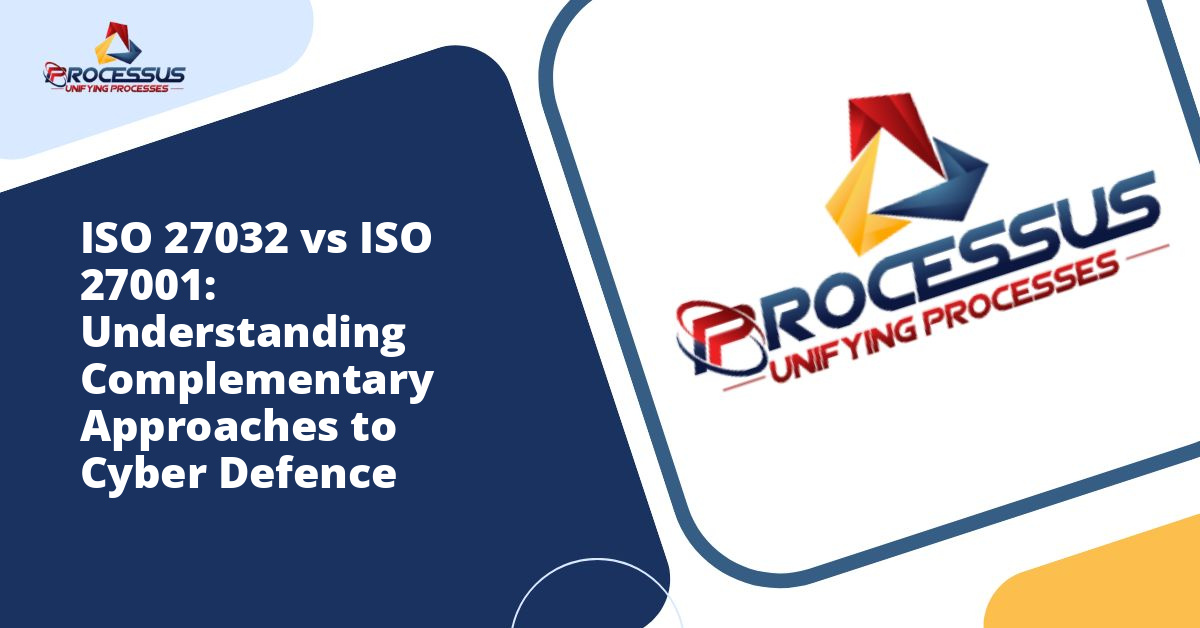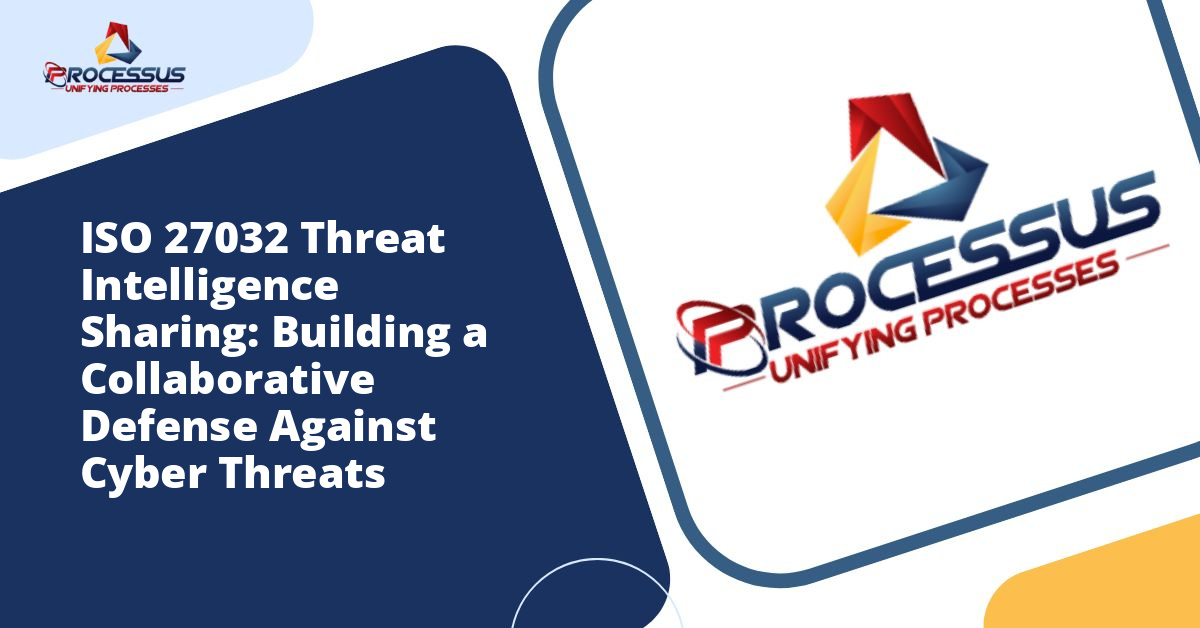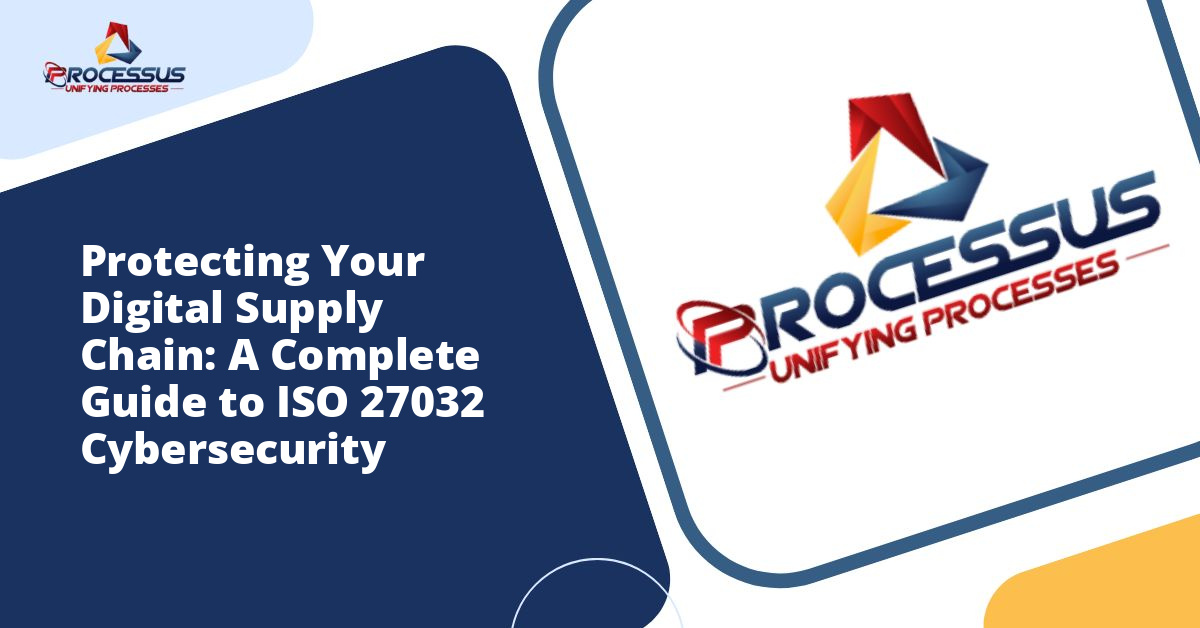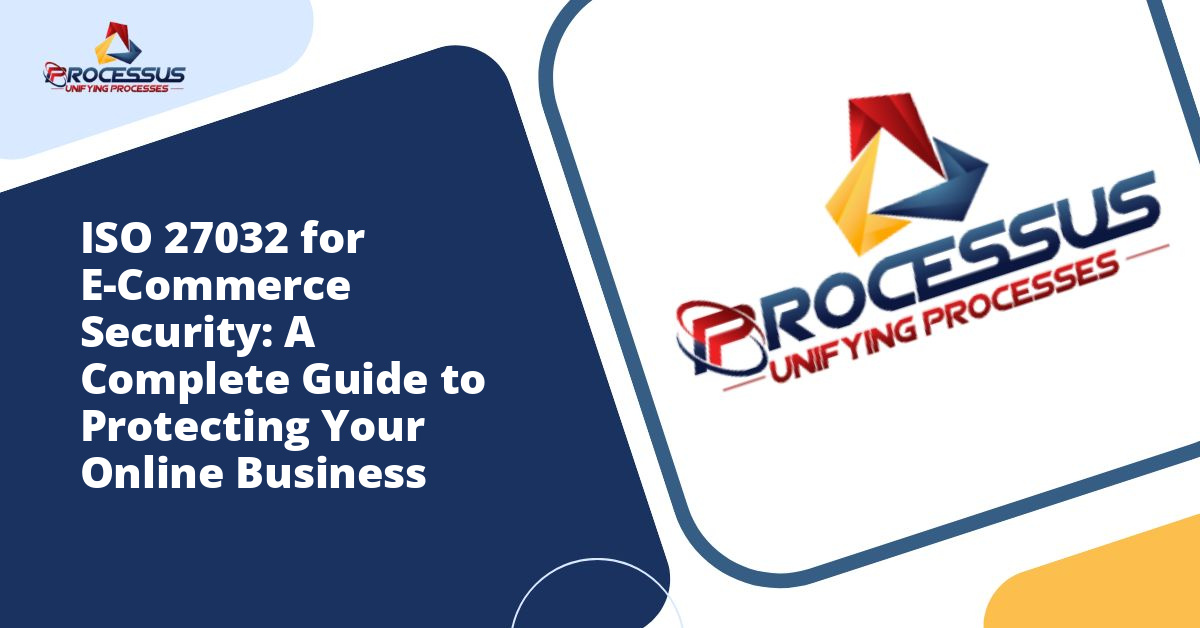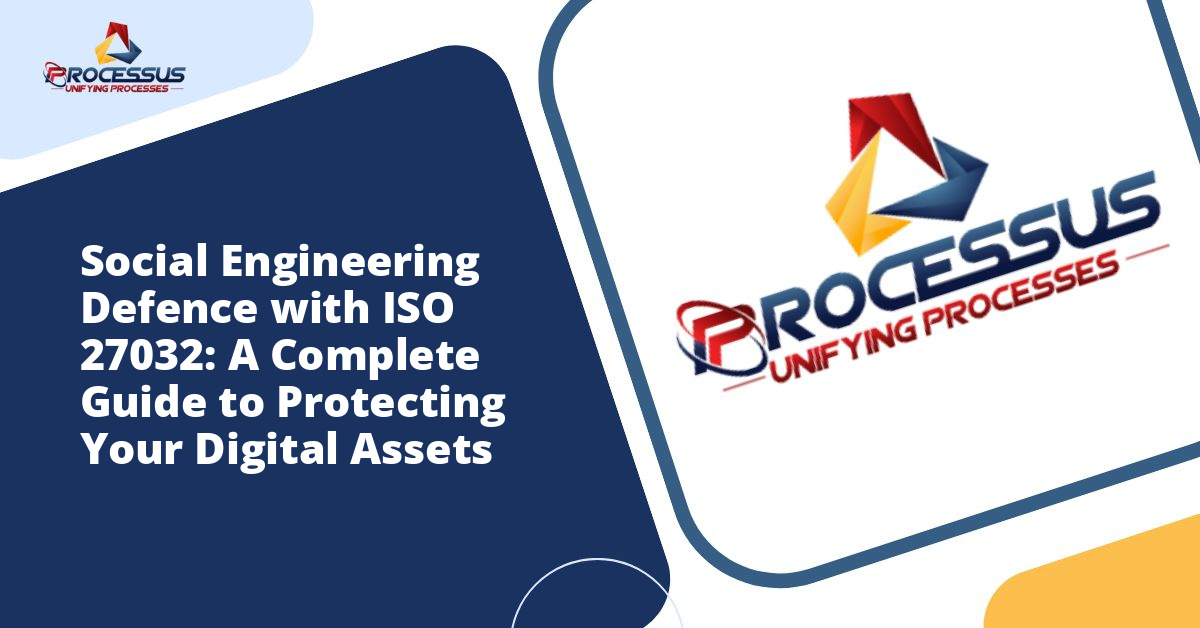In an era where cyber threats evolve at an unprecedented pace, organizations worldwide are seeking robust frameworks to protect their digital assets and sensitive information. Two prominent standards have emerged as cornerstones of cybersecurity governance: ISO 27032 and ISO 27001. While both standards address cybersecurity concerns, they approach the challenge from different angles and serve distinct purposes within an organization’s security ecosystem.
Understanding the differences, similarities, and complementary nature of these standards is crucial for business leaders, security professionals, and anyone responsible for protecting organizational data. This comprehensive guide explores how ISO 27032 and ISO 27001 work together to create a holistic cybersecurity strategy that addresses both internal security management and external cyber threats. You might also enjoy reading about ISO 27032 Guidelines for Cyberspace Security: A Complete Guide to Protecting Your Digital Assets.
Understanding ISO 27001: The Foundation of Information Security
ISO 27001 represents the international standard for information security management systems (ISMS). Published by the International Organization for Standardization (ISO) and the International Electrotechnical Commission (IEC), this standard provides a systematic approach to managing sensitive company information, ensuring it remains secure through people, processes, and technology systems.
Core Components of ISO 27001
The standard operates on a risk-based approach, requiring organizations to identify potential threats to their information assets and implement appropriate controls to mitigate these risks. At its heart, ISO 27001 establishes a framework that helps organizations:
- Develop comprehensive information security policies and procedures
- Identify and assess information security risks systematically
- Implement security controls tailored to specific organizational needs
- Monitor and review the effectiveness of security measures continuously
- Maintain compliance with legal and regulatory requirements
- Foster a culture of continuous improvement in security practices
The ISMS Framework
ISO 27001 employs the Plan-Do-Check-Act (PDCA) cycle, a management methodology that drives continuous improvement. Organizations begin by establishing their ISMS (Plan), implementing the necessary controls (Do), monitoring system performance (Check), and making improvements based on findings (Act). This cyclical approach ensures that security measures remain relevant and effective against evolving threats.
The standard includes Annex A, which contains 114 controls across 14 categories, covering areas such as access control, cryptography, physical security, operations security, and communications security. Organizations select and implement controls based on their specific risk assessment results, creating a customized security posture aligned with their unique threat landscape.
Certification and Compliance
One significant advantage of ISO 27001 is its certification capability. Organizations can undergo third-party audits to achieve ISO 27001 certification, providing tangible evidence of their commitment to information security. This certification often serves as a competitive differentiator, demonstrating to clients, partners, and stakeholders that the organization maintains rigorous security standards.
Exploring ISO 27032: Guidelines for Cybersecurity
ISO 27032, officially titled “Information technology – Security techniques – Guidelines for cybersecurity,” takes a different approach to addressing digital security challenges. Rather than providing a certifiable management system framework, ISO 27032 offers guidance on cybersecurity specifically, focusing on the protection of cyberspace and the various stakeholders operating within it.
The Cybersecurity Perspective
While ISO 27001 addresses information security broadly, ISO 27032 narrows its focus to cybersecurity, which encompasses the protection of privacy, integrity, and accessibility of data in cyberspace. This distinction is important because cybersecurity deals specifically with threats and vulnerabilities that exist in the digital realm, including internet-based attacks, malware, phishing, and other online threats.
The standard recognizes that cyberspace involves multiple stakeholders, including individuals, organizations, governments, and service providers. Each stakeholder has different roles, responsibilities, and security needs, and ISO 27032 provides guidance on how these various parties can work together to create a more secure digital environment.
Key Focus Areas of ISO 27032
ISO 27032 addresses several critical cybersecurity domains:
- Information security aspects related to cyberspace operations
- Network security and the protection of communication channels
- Internet security, including web-based applications and services
- Critical information infrastructure protection (CIIP)
- Application security and secure software development practices
- Incident response and management in cyber contexts
- Coordination between different security domains and stakeholders
Non-Certifiable Guidelines
Unlike ISO 27001, ISO 27032 does not offer certification. Instead, it provides best practice recommendations and guidance that organizations can adapt to their specific circumstances. This flexibility allows for more customized implementations that address unique cybersecurity challenges without the constraints of meeting specific certification requirements.
Comparing the Two Standards: Key Differences
Understanding the distinctions between ISO 27032 and ISO 27001 helps organizations determine how to leverage each standard effectively within their security programs.
Scope and Focus
The primary difference lies in scope. ISO 27001 addresses information security management comprehensively, covering all forms of information regardless of format or location. It includes physical security, personnel security, and organizational security alongside technical controls. ISO 27032, conversely, focuses exclusively on cybersecurity within digital environments, addressing threats specific to cyberspace and online operations.
Implementation Approach
ISO 27001 requires organizations to establish a formal management system with documented policies, procedures, and controls. The standard mandates specific requirements that organizations must meet to achieve compliance and certification. ISO 27032 offers guidance and recommendations without prescribing mandatory requirements. Organizations can selectively implement suggestions based on their specific needs and risk profiles.
Certification Capability
Organizations can pursue formal ISO 27001 certification through accredited certification bodies, providing third-party validation of their information security practices. This certification process involves comprehensive audits and ongoing surveillance. ISO 27032 does not offer certification, as it serves as a guideline document rather than a management system standard.
Target Audience
ISO 27001 primarily targets organizations seeking to establish comprehensive information security management systems. It appeals to senior management, compliance officers, and those responsible for overall security governance. ISO 27032 addresses a broader audience, including cybersecurity practitioners, technical specialists, application developers, network administrators, and anyone involved in protecting digital assets and cyberspace operations.
Risk Management Perspective
Both standards embrace risk-based approaches, but with different emphases. ISO 27001 focuses on organizational information security risks across all domains, requiring systematic identification, assessment, and treatment of risks. ISO 27032 concentrates on cyber-specific risks, providing guidance on addressing threats unique to digital environments and interconnected systems.
How ISO 27032 and ISO 27001 Complement Each Other
Rather than viewing these standards as competing alternatives, organizations benefit most by recognizing their complementary nature. Together, they create a comprehensive security framework that addresses both strategic management and tactical cybersecurity concerns.
Strategic and Tactical Integration
ISO 27001 provides the strategic framework for information security governance, establishing policies, defining roles and responsibilities, and creating accountability structures. Within this strategic framework, ISO 27032 offers tactical guidance on implementing specific cybersecurity measures, addressing technical vulnerabilities, and responding to cyber threats.
For example, an organization might use ISO 27001 to establish its overall security policy and risk management approach. Within this framework, ISO 27032 guidance helps security teams implement specific controls for protecting web applications, securing network infrastructure, and responding to cyber incidents.
Filling Security Gaps
While ISO 27001’s Annex A controls cover many cybersecurity areas, ISO 27032 provides deeper, more detailed guidance on cyber-specific topics. This additional depth helps organizations address emerging cyber threats that may not be fully covered by traditional information security approaches.
ISO 27032’s focus on stakeholder coordination also complements ISO 27001’s organizational focus. Modern cybersecurity requires collaboration across organizational boundaries, with suppliers, customers, partners, and service providers. ISO 27032 provides frameworks for this external coordination while ISO 27001 manages internal security governance.
Addressing Modern Threat Landscapes
Today’s threat landscape involves sophisticated cyber attacks that specifically target digital vulnerabilities. While ISO 27001 provides foundational security controls, ISO 27032 offers updated guidance on addressing contemporary threats such as advanced persistent threats, ransomware attacks, supply chain compromises, and cloud security challenges.
Organizations implementing both standards benefit from ISO 27001’s structured management approach combined with ISO 27032’s specialized cybersecurity insights. This combination ensures that security measures are both well-managed and technically current.
Implementing a Combined Approach
Organizations seeking comprehensive cyber defence benefit from implementing both standards in a coordinated manner. Here’s how to approach this integration effectively.
Start with ISO 27001 as Your Foundation
Beginning with ISO 27001 establishes the management framework necessary for effective security governance. Implement the ISMS, conduct risk assessments, and establish baseline security controls. This foundation creates the organizational structure, policies, and processes needed to support ongoing security operations.
Achieving ISO 27001 certification demonstrates commitment to security excellence and provides a framework for continuous improvement. The ISMS becomes the vehicle through which all security initiatives, including cybersecurity enhancements, are managed and improved over time.
Enhance with ISO 27032 Guidance
Once the ISMS foundation is established, incorporate ISO 27032 guidance to strengthen cybersecurity capabilities. Use the standard’s recommendations to enhance specific areas such as application security, network protection, incident response, and stakeholder coordination.
ISO 27032 helps identify gaps in cyber-specific protections that may not be fully addressed by ISO 27001’s broader approach. Implement these enhancements within the existing ISMS framework, ensuring they’re properly documented, monitored, and improved through the PDCA cycle.
Customize to Your Context
Both standards emphasize the importance of tailoring security measures to organizational contexts. Consider your industry, threat profile, regulatory requirements, and business objectives when implementing controls and guidance from both standards.
A financial institution faces different cyber threats than a manufacturing company, and their implementation of these standards should reflect those differences. Use risk assessments to prioritize which ISO 27032 recommendations are most relevant to your specific circumstances.
Foster Cross-Functional Collaboration
Successful implementation requires collaboration across IT, security, legal, compliance, and business units. ISO 27001 provides the governance structure for this collaboration, while ISO 27032 guidance helps technical teams implement effective cybersecurity measures.
Create cross-functional teams that bring together different perspectives and expertise. Security cannot be solely an IT concern; it requires engagement from all parts of the organization to be truly effective.
Benefits of the Combined Approach
Organizations that implement both ISO 27032 and ISO 27001 gain significant advantages in their cybersecurity posture.
Comprehensive Coverage
The combination addresses security from multiple angles: strategic governance through ISO 27001 and tactical cybersecurity through ISO 27032. This comprehensive coverage reduces the likelihood of security gaps and provides protection against both traditional information security threats and modern cyber attacks.
Competitive Advantage
ISO 27001 certification demonstrates security commitment to external stakeholders, while ISO 27032 implementation ensures that this commitment extends to sophisticated cyber defence capabilities. Together, they position organizations as security leaders, enhancing reputation and competitive standing.
Regulatory Compliance
Many regulations and compliance frameworks reference or align with ISO standards. Implementing both ISO 27032 and ISO 27001 helps organizations meet multiple regulatory requirements efficiently, reducing compliance burden and demonstrating due diligence to regulators.
Risk Reduction
The combined approach provides robust protection against both broad information security risks and specific cyber threats. This comprehensive risk management reduces the likelihood of security incidents and minimizes potential impacts when incidents do occur.
Continuous Improvement
ISO 27001’s ISMS framework ensures that security measures continuously evolve and improve. Incorporating ISO 27032 guidance within this framework means that cybersecurity capabilities also benefit from systematic monitoring, review, and enhancement.
Challenges and Considerations
While the combined approach offers significant benefits, organizations should be aware of potential challenges.
Resource Requirements
Implementing both standards requires significant investment in time, personnel, and financial resources. Organizations must allocate sufficient resources to both establish the ISMS and implement comprehensive cybersecurity measures. Planning and budgeting should account for both initial implementation and ongoing maintenance costs.
Complexity Management
Integrating two standards can create complexity, particularly for organizations new to formal security frameworks. Clear documentation, well-defined processes, and effective communication help manage this complexity and ensure that security measures remain practical and implementable.
Keeping Pace with Change
Both the threat landscape and security standards evolve continuously. Organizations must stay informed about updates to both ISO 27032 and ISO 27001, as well as emerging threats and technologies. Regular training, industry participation, and professional development help security teams maintain current knowledge.
Balancing Security and Operations
Security measures must support rather than hinder business operations. When implementing controls from both standards, consider operational impacts and seek solutions that provide strong security while enabling business efficiency.
Conclusion
ISO 27032 and ISO 27001 represent complementary approaches to cyber defence, each addressing different but equally important aspects of organizational security. ISO 27001 provides the management framework and governance structure necessary for systematic information security, while ISO 27032 offers specialized guidance on addressing cyber-specific threats in digital environments.
Organizations face increasingly sophisticated cyber threats that require comprehensive, well-managed security programs. Implementing ISO 27001 alone provides strong information security management but may leave gaps in addressing modern cyber threats. Conversely, following ISO 27032 guidance without the management framework of ISO 27001 may result in effective tactical measures that lack strategic integration and continuous improvement mechanisms.
The most effective approach combines both standards, using ISO 27001 as the foundation for security governance and enhancing it with ISO 27032’s cybersecurity guidance. This combination ensures that organizations benefit from structured management, comprehensive coverage, and specialized cyber defence capabilities.
As cyber threats continue to evolve and digital transformation accelerates across industries, the integration of these standards becomes increasingly valuable. Organizations that invest in implementing both ISO 27032 and ISO 27001 position themselves to effectively defend against current threats while building the adaptive capacity needed to address future challenges.
Whether you’re beginning your security journey or enhancing existing programs, understanding how these standards complement each other provides a roadmap for building robust, comprehensive cyber defence capabilities that protect your organization, your stakeholders, and your reputation in an increasingly connected world.

